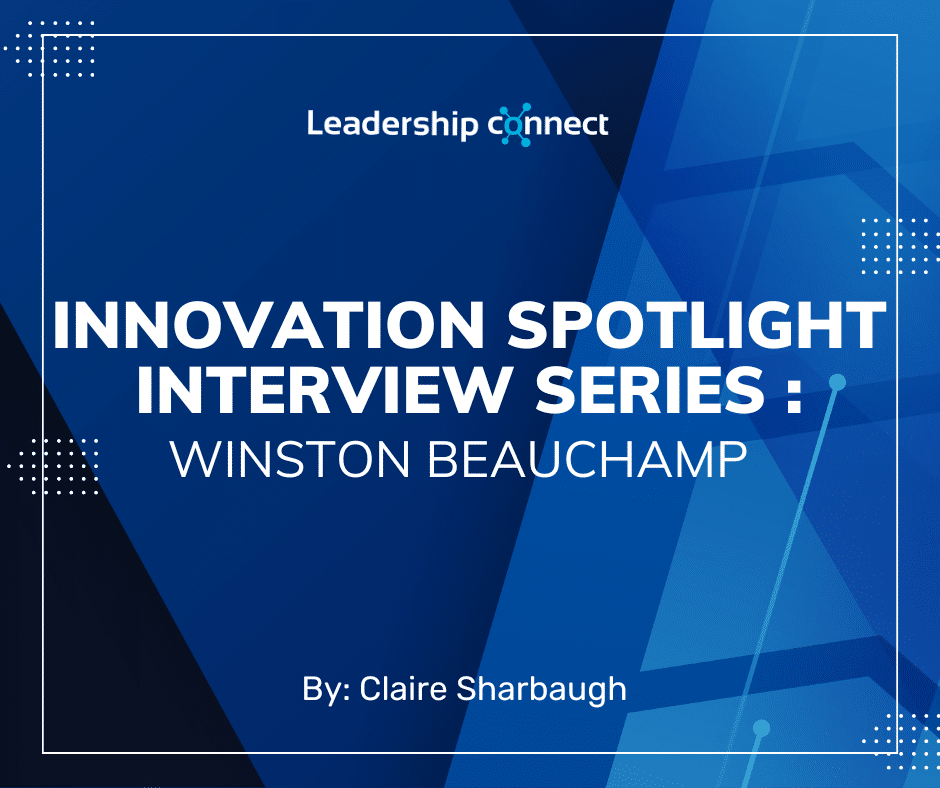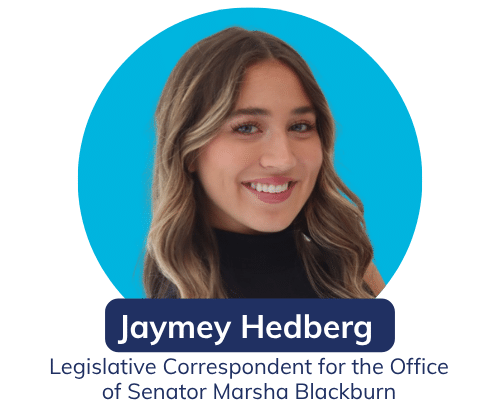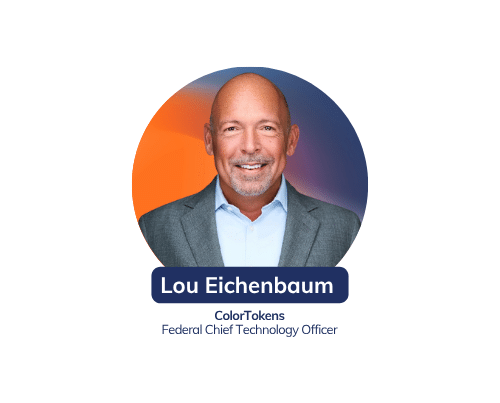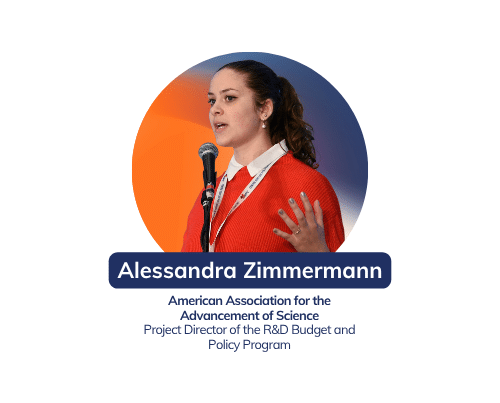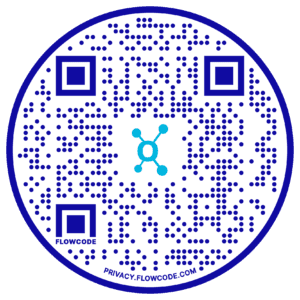I spoke with Winston Beauchamp about his career path, and the focus on innovation in the Air Force.
Can you tell me about your career path and how it has led you to where you are now?
My career path definitely had some twists and turns, and I never anticipated where I would be right now. I went to Lehigh University to become an engineer and started work at General Electric Aerospace, writing satellite command and control software and solving operational problems. I also earned a master’s degree in mechanical engineering at Villanova.
After a rotation in the DC area I transitioned to a career in government, applying my knowledge of spacecraft operations to support military and intelligence missions. I had the opportunity to develop the nation’s strategy to incorporate commercial imagery into national security environment for the first time. The funding we received after 9/11 enabled coalition operations in Afghanistan and Iraq, and spawned a burgeoning industry that thrives today.
My engineering background and previous experience led me to become chief engineer for the National Geospatial-Intelligence Agency, delivering mission IT capability to imagery analysts and geospatial producers across the DoD and Intelligence Community, as well as strong interfaces with our partners in the National Reconnaissance Office. In 2009, I served as the Technical Executive for the agency and delivered a National Imagery Architecture that gained presidential approval.
In 2012, I took a joint duty assignment with the Office of the Director of National Intelligence as the Director of Mission Integration, helping to improve the functional and mission ties between intelligence agencies. Upon the conclusion of that assignment I was asked to come to the Air Force as the Deputy Undersecretary for Space, where I advocated for the space program and the need to improve resilience in the face of threats to space capabilities. After that I returned to my IT roots as CIO for the Headquarters of the Air Force, and in 2020 I became the Deputy CIO of the Department of the Air Force.
What aspects of the departments push towards innovation are you most passionate about?
I am most passionate about ensuring our architecture facilitates innovation rather than stifles it. Too often, Airmen and Guardians feel that they have to replicate their own infrastructure in order to have a place to innovate. We want to get to a place where the enterprise infrastructure is flexible enough to enable users to focus their time and talents on developing new mission applications, not separate infrastructure.
One recent example is the Department’s deployment of an AI chatbot. Because we have unique security requirements, we need to ensure that there are adequate guardrails in place. At the same time, we want to provide a safe space for Airmen and Guardians to experiment with new technologies like Generative AI and to develop novel use cases. Being able to use this AI chatbot inside the DAF network protects non-public data while offering the full power of large language models to the DAF mission.
What do you believe sets the innovation space apart as a unique work environment, and how do you navigate its challenges in your everyday work?
Our focus is on innovating the mission itself, not necessarily just the infrastructure. The real change we are seeking is a culture shift and enhanced creativity in developing new approaches, sometimes leveraging innovative technology, but often developing process innovations as well. Navigating the challenges of this environment involves maintaining a clear vision of our mission priorities and ensuring that our efforts directly contribute to enhancing them.
Describe a challenging or rewarding project that significantly influenced your growth as a professional. How did you handle the challenge, and what did you learn from the experience?
One of the main challenges when I got to the CIO shop was the way our resources are allocated. The Air Force had a significant backlog in weapons system modernization, which made resourcing IT infrastructure a challenge. My challenge was: How do I convey the urgency with the architecture that is out of date and make it, so they don’t have these breakdowns.
A major obstacle in the way was the way budget requests were made. We build our program two years out from when the funds will be executed. Given the pace of change in the IT ecosystem, there’s no way to anticipate how technologies will change, threats will evolve, or standards will mature.
To create trade space to fund new initiatives, we needed a way to identify opportunities to reduce redundancy in IT spend. I gathered contract language and budget execution data on IT projects embedded in both business systems and mission systems. I found that there was far more IT spend than anyone thought, and a lot of redundancies, with multiple programs buying or developing the same capabilities over and over again. By demonstrating that investing in a solid enterprise IT infrastructure now would both improve our cybersecurity posture and reduce the need for program-specific investments, we were able to advocate effectively for the necessary funding.
What has made you successful in your role and what advice would you give to individuals who aspire to work in the innovation space?
The advice I offer to others stems from the diverse experiences I’ve had throughout my career. If you are looking to move to a strategic role in the future, it can be helpful to have broad exposure to a variety of functional areas. Staying in one lane will give you depth, but it also makes it difficult to get the breadth that you will need to take on more strategic challenges. Don’t shy away from stepping into unfamiliar territory, as some jobs will teach you everything you are going to learn from it in the first year. If you stay there, have you really gained ten years of experience, or one year of experience ten times in a row?
Word Association, what is the first word that comes to mind for each of these?
Emerging Tech – “disruptive”
It’s hard not to use the word disruptive. It is the best and worst thing – it truly changes the game and forces you to rethink how you’re doing your job
Small Businesses – “agile”
Small companies come up with many of the best new ideas and can develop them very quickly. Incubators are a great place to learn about new ways of thinking.
Artificial Intelligence – “game-changer”
I think there is so much that we do today that is manually intensive that we could potentially automate out, which allows us to move people up-market to higher value roles.
Policy – “double-edged sword”
Some see policy as a constraint, but good policy frees you and enables you to get work done in a safe and scalable way.
Networking – “critical”
Interaction with industry is vital for government work. If our industry partners understand our current challenges, they can better respond to our Requests for Proposal. If they understand our future challenges, they can invest their research and development funding in ways that will help solve them for the long term.


